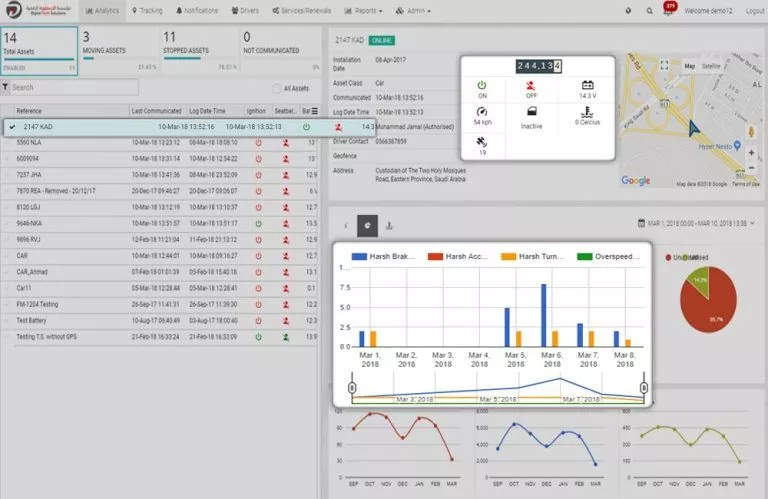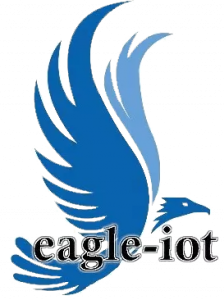Understanding the Key Components of a Fleet Lifecycle Plan
Fleet managers are now being obliged to keep vehicles for considerably longer than usual. Companies, regardless of fleet size or kind, have a perception that full vehicle replacement or fleet extension is not always crucial and to get the most out of your fleet vehicles, regardless of petrol prices, economic situations, or the state of your company; fleet managers should have a strategy to extend the active lifespan of fleet vehicles and to prevent avoidable downtime.
Lifecycle costs to consider:
The goal of effective lifecycle management is to maximize the value of your fleet assets. Fleet lifecycle management solution ensures the optimal usage of assets and the best operating condition at the time of resale or retirement of the asset. From the vehicle’s purchasing cost to the insurance premium, maintenance cost, and company’s end-of-life vehicle sales price, fleet lifecycle management entails determining out entire operational costs of a fleet vehicle. Fleet lifecycle management strategy revolves around the following incurred costs:
1. Fuel
2. Insurance
3. Licensing
4. Ongoing maintenance
5. Replacement of parts


Besides this, additional costs such as unanticipated downtime during extensive repairs should also be considered.
While formulating a vehicle lifecycle strategy, depreciation cost is an important factor that cannot be overlooked. According to an estimate, 60% of the acquisition cost might be lost in the first year alone due to depreciation, while the rate lowers over time. Besides this, other factors such as interests, taxes, and insurance premiums are also directly correlated with the depreciation value of an asset which also reduces when the value of vehicles diminishes.
Eagle-IoT is a cloud-based vehicle tracking and fleet management system known for robust preventive maintenance and scheduling tools that use inputs based on a vehicle’s daily average usage to compile a report about the utilization of assets. Eagle-IoT supports fleet owners and management companies in maximizing the lifespan of their fleet vehicles by addressing diverse areas of fleet such as tracking, video telematics, route planning, and maintenance providing them detailed insights and transparency where it matters the most.
Choosing the best lifecycle approach takes time but a successful fleet strategy can be defined by considering the fleet’s circumstances in particular. Fleet managers should calculate every single cost connected with a fleet besides determining the organizational priorities. It will assist them in determining the best course of action. Besides this, leveraging telematics service providers such as Eagle-IoT® will aid fleet managers to determine precisely which fleet strategy is best fit for their company, providing them with a customized solution to specifically meet the needs of their fleet.
To evaluate your fleet’s lifecycle expenses today



